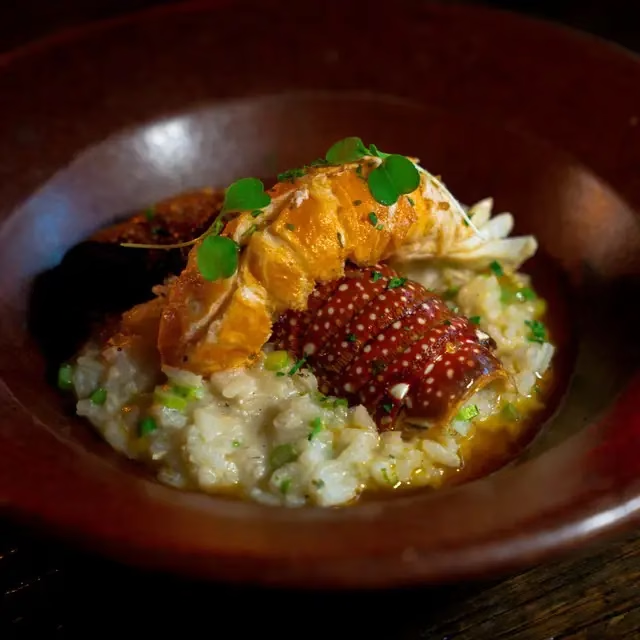Exploring the Essence of Japanese Cuisine: A Journey Through Tradition and Innovation
Japanese cuisine is much more than just food—it’s an art form, a culture, and a philosophy that reflects Japan’s long history, geographical diversity, and deep respect for ingredients. From the delicate sushi to the savory ramen, Japanese cuisine has captivated the world with its precision, flavor, and balance. This article takes you on a journey through the essence of Japanese cuisine, highlighting its history, key dishes, and the innovative ways it is evolving today.
Whether you are a seasoned sushi lover or new to the world of Japanese cuisine, this guide will provide insight into the traditional techniques, flavors, and modern twists that make this culinary tradition so beloved.
The Foundations of Japanese Cuisine
At the heart of Japanese cuisine lies the principle of seasonality, an emphasis on using fresh, high-quality ingredients that reflect the changing seasons. The Japanese take pride in preparing food that not only looks beautiful but also nourishes the body and soul. Traditional dishes rely on natural flavors, and minimalistic preparation techniques are used to preserve the essence of each ingredient.
Key Elements of Japanese Cuisine
- Rice: A staple in almost every Japanese meal, rice is not just a side dish—it’s the centerpiece. Shari, or sushi rice, is seasoned with vinegar, sugar, and salt, and is a key component in dishes like sushi and onigiri (rice balls). Rice also forms the base for other dishes, such as donburi (rice bowls), making it an essential part of Japanese cuisine.
Iconic Dishes in Japanese Cuisine
Japanese cuisine is renowned for its variety and complexity, with many dishes being carefully crafted to showcase both flavor and artistry. Here are some of the most iconic and beloved dishes from Japan:
1. Sushi and Sashimi
No discussion of Japanese cuisine is complete without mentioning sushi and sashimi. Both are centered around fresh fish, but the key difference lies in how they are prepared and served.
2. Ramen
Ramen is one of Japan’s most beloved comfort foods. A noodle soup dish consisting of Chinese-style wheat noodles in a meat- or fish-based broth, it is typically topped with sliced pork (chashu), a boiled egg, and vegetables like bamboo shoots and scallions. There are several regional varieties of ramen, with differences in the broth (soy-based, miso-based, and salt-based) and toppings.
Ramen has gained immense popularity worldwide, with ramen shops popping up in major cities across the globe.
3. Tempura
Tempura is a dish consisting of seafood or vegetables that are lightly battered and deep-fried. The batter is light and crisp, designed to highlight the flavors of the ingredients rather than mask them. It’s often served with a dipping sauce and a side of grated daikon to cleanse the palate.
4. Yakitori
Yakitori refers to skewered grilled chicken, usually served with tare (a sweet soy-based sauce). It’s a popular street food, with many yakitori stalls offering different parts of the chicken, including the skin, liver, and thigh, all grilled to perfection over a charcoal fire.
5. Kaiseki
Kaiseki is the traditional multi-course meal that exemplifies the artistry of Japanese cuisine. The meal is carefully curated, with each dish representing the seasonal ingredients and balance of flavors. A typical kaiseki meal might include a soup, sashimi, a grilled dish, a steamed dish, and a dessert, served in a precise order to ensure an elegant progression of flavors.
The Evolution of Japanese Cuisine
While traditional Japanese cuisine is deeply rooted in history, it has also evolved over time, incorporating influences from other cultures and adapting to modern tastes. For instance, Western-style food began to appear in Japan in the late 19th century after the country opened up to the outside world. The Japanese embraced Western dishes, but with their unique twist.
Western Influences
Modern Japanese Cuisine: A Global Trend
In recent years, Japanese cuisine has embraced innovation, with chefs experimenting with new ingredients and techniques. The rise of fusion cuisine has brought Japanese flavors into exciting new combinations. For example, the Mexican-Japanese fusion dishes at places like TABU Supper Club in Bali combine the freshness of Japanese sushi with bold, zesty Mexican ingredients like avocado and chili.
Moreover, the health-conscious nature of Japanese cuisine, which emphasizes fresh vegetables, fish, and fermented foods, has made it a popular choice globally. Japanese restaurants are now a staple in cities worldwide, with dishes like sushi and ramen enjoyed by millions.
Why Japanese Cuisine Is So Popular
Japanese cuisine has garnered worldwide acclaim for several reasons:
Conclusion
Japanese cuisine is a dynamic, evolving culinary tradition that continues to captivate food lovers across the globe. From its humble beginnings as a way to preserve seasonal ingredients to its current status as an international food trend, Japanese cuisine offers something for everyone—whether you’re craving sushi, ramen, or tempura.
The attention to quality, the emphasis on fresh, seasonal ingredients, and the balance of flavors make Japanese cuisine one of the most beloved and enduring food traditions in the world.
As Japanese cuisine continues to inspire chefs worldwide, its influence is only growing, with fusion dishes and new takes on traditional favorites making their way onto menus everywhere. Whether you’re enjoying a traditional kaiseki meal or experimenting with modern Japanese fusion, the future of Japanese cuisine promises even more exciting culinary experiences.

